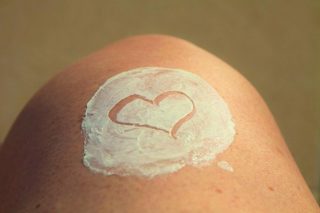

It is almost summer, and more of us are getting outside. Although I advocate getting out without sun protection a few times a week for controlled times (half the time it takes for your skin to turn pink), I know very well that sun protection is necessary. I burn within minutes personally.
However, it is not a good idea to use the toxic chemicals found in most commercial sunscreens on our bodies. Some of the junk found in the brands we’ve known for decades include:
- Endocrine disruptors
- Nano particles of metals like zinc and titanium (these enter the blood rather than just sitting on the surface of the skin)
- Dyes
- Preservatives
- Chemicals that interact poorly with swimming pool chlorine
- And more…
Searching on https://www.ewg.org/skindeep/, we quickly see most brands found in drug stores and supermarkets score 4 or higher on their toxicity scale. Yuck! You don’t want that on you or your family.
Vitamin D and the Sun
The sun’s rays aren’t harmful. We evolved to need the sun. In fact, it is the only way to get vitamin D activated in the body. Taking a supplement does nothing if you don’t get outside and get some sun exposure for your skin and eyes. It is true. That pill you take or that your doctor prescribed won’t actually get your body to use vitamin D or even activate it into a usable form if you don’t get outside.
Amazingly, we don’t need a pill or supplement to make and store vitamin D. Exposing 50-75% of your skin for limited amounts of times several times a week can make up to 10,000 IU of vitamin D each time. Moreover, we store this vitamin naturally when our bodies have extra–so we can save up vitamin D to use over the winter when the sun’s power is diminished. Here in Michigan, we have 2 months of the year (December and January) where the sun does not get to an angle to shed UVB rays on us. UVB rays are the type that interact with the 7-DHC protein to create D3 (the active type).

There have been interesting studies linking skin cancer to a lack of sun exposure. Now, I am not saying go outside unprotected and burn. I am saying something very different. If your skin turns pink, you are getting too much sun on your unprotected skin. Period. The amount of time varies by skin tone, but it can be as little as 3 minutes to as much as an hour.
Vitamin D is a hormone
Vitamin D is actually not a vitamin, it is a hormone. In fact, it is a vital hormone for our health. It plays an essential role in:
- Immune system strength
- Strong bones
- Healthy teeth
- Healthy, younger-looking skin
- Protection from cancer, influenza, multiple sclerosis, type 1 diabetes, rickets, and more
- Protection and support for the nervous system and brain
- Respiratory health
- Cardiovascular health
- Weight loss
- Autoimmune disorder prevention
- Depression prevention
- Healthy cholesterol and triglyceride levels
Wow! Quite a list. You can see why I advocate livin’ in the sunlight! At least at the time appropriate for your body. Again, that time is half the time it takes for your skin to turn pink. It will be shorter if you are lighter skinned and longer if you have darker skin.
Natural Sun Protection
Some of the ways to avoid overexposure to the sun include wearing protective clothing, wearing a hat, and staying in the shade or under an umbrella. Did you know we can also eat certain foods to help our bodies naturally handle the sun better? Did you also know you can make your own sunblock with as few as two ingredients?
Internal Protection
There are a few vitamins you want to consider when eating to help protect your skin. These are vitamin C, vitamin E, beta-carotene, and antioxidants.
Foods high in vitamin C
- Green Leafys
- Citrus Fruits
- Berries (especially Strawberries)
- Kiwi
- Sweet Potatoes
- Guava
- Bell Peppers
- Papaya
- Broccoli
- Kale
- Tomatoes
- Snow Peas
Foods high in vitamin E
- Sunflower Seeds
- Almonds
- Avocado
- Spinach
- Butternut Squash
- Kiwi
- Broccoli
- Olive Oil
Foods high in beta-carotene
- Sweet Potatoes
- Carrots
- Dark Leafy Greens (including Spinach)
- Butternut Squash
- Cantaloupe
- Bell Peppers
- Broccoli
- Apricots
Foods high in antioxidants
- Dark Chocolate
- Berries
- Pecans
- Artichokes
- Goji Berries
- Kale
- Red Cabbage
- Beans
- Green Leafys
- Beets
Don’t forget hydration. Keeping your body well-hydrated is essential for good health in any season. Remember, aim for half your weight in pounds in ounces of water daily. That means if you weigh 100 pounds, aim for 50 ounces. Some hydrating fruits and vegetables include watermelon, cucumber, celery, lettuces, radishes, tomatoes, cauliflower, star fruit, broccoli, and berries.
External Protection
We can make our own sunscreen. Yes, it won’t have a lab-verified SPF number on it, but it also won’t have all the crud commercial brands put in. You will know what is in it, and you can customize it based on your needs.
The base recipe is easy: take a good-quality oil and add 10% – 20% non-nano zinc oxide powder to it. This is one I have used with good results. The zinc has an SPF of 2-20 depending on how much is used.
The Oils
You have a choice of oils to use. Some offer more SPF. Here are a few good choices:
- Coconut oil (SPF 2-8)
- Wheat germ (SPF 20)
- Raspberry seed oil (SPF 25-50)
- Shea butter (SPF 3-6)
- Olive oil (SPF 2-8)
- Avocado oil (SPF 4-15)
- Carrot seed oil (SPF 35-40)
- Almond oil (SPF 3-5)
As a note, I have seen recipes including jojoba oil. I would recommend avoiding jojoba on the face as it can clog pores. You will want a combination of solid-at-room-temperature oils and liquid-at-room-temperature to have a blend that will stay firm like a ointment or lotion.
Simply melt your oils over low heat or in a double boiler. Once they are melted and combined, simply mix in your zinc oxide powder. Be sure to do this a few times to ensure the powder is fully blended in.
You can add essential oils if you’d like, but be sure to avoid any citrus oils as they can enhance the skin’s sensitivity to the sun.
Please don’t hesitate to schedule an appointment today!
Be sure to subscribe to our newsletter for our sunscreen powder recipe and some commercial sunscreen brands I think are good to use!
Note: Everything here is for information only. This is not meant to treat or diagnose any medical condition. Seek a qualified medical professional.
Homemade Safe Sunscreen
Materials
- 1/2 cup almond oil
- 1/4 cup coconut oil
- 3 tbsp beeswax
- 2 tbsp shea butter
- 3 tbsp non-nano zinc oxide powder
- 1 tsp raspberry seed oil
- 1 tsp wheat germ oil
- 1 tsp carrot seed oil
Instructions
- Combine all ingredients except the zinc powder in a 1/2 pint jar. Fill a saucepan with a few inches of water and put over medium-low heat placing the jar in the pan with the lid loosely on. Gently shake or stir the ingredients in the jar to help them melt. Once melted, stir or shake in the zinc oxide powder. Do this a few times to make sure the zinc is fully combined. Store in the refrigerator until needed. Apply every few hours (or more often if sweating or playing in the water).


